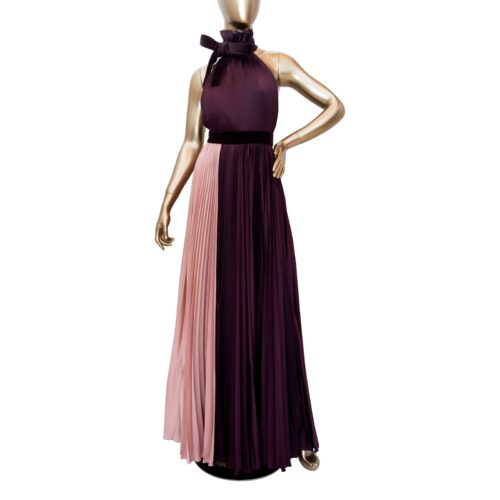THE HISTORY AND STORY BEHIND ICON FASHION HOUSE, CHANEL:
Have you ever wondered why some of the world’s most iconic fashion and luxury brands use the same iconic motifs over and over again? Every design decision has a story, if you only look; which is why I wanted to bring a short series to Fashionaholic.com on the history of these design elements.
We’ll start out with the house of Chanel, and explain why the number 5, camellias, quilted fabrics, and the signature black and beige are part of the brand’s very DNA. Subsequent posts in the series will focus on Louis Vuitton, Hermes, and Gucci respectively.
Chanel has a number of hallmarks:
- The double CC logo.
- Quilted fabric/leather used in clothing, shoes, and accessories and a quilted pattern used in cosmetics and packaging.
- Gilt chains as adornment and handles on bags.
- Number 5 used dominantly.
- Dominant use of the camellia motif.
- Signature black and beige color palette.
The double CC logo:
The history of the logo is that Coco Chanel wanted something to reflect her brand that was simple, clean, repeatable, and modern. Her birth name was Gabrielle Bonheur Chanel, but as a teenager she and her sister worked as singers in Paris and Gabrielle picked up the name Coco. The nickname stuck and she carried it with her throughout the rest of her life.
Quilted fabrics and patterns:
The quilted fabric is another remnant from Coco Chanel’s girlhood. She has stated that the quilted leather used in her handbags is an homage to her equestrian upbringing. In Coco’s youth, only stable boys wore the quilted fabric..and she thought the look was both practical and luxurious. You can find the quilt, most famously on the Chanel 2.55 bag; named for its “birthday” in February 1955.
Gilt chains:
You can’t picture a Chanel bag without the signature gilt chains. The easy stacking of ropes of pearl, gold gilt chains, and glass bead necklaces was Coco Chanel’s answer to the heavy, ornate, jewel encrusted and fragile jewelry women wore at the time. Chanel felt that sleek and unfussy clothing should have sleek unfussy jewelry to accompany it. She was world famous for her layers of gold chains and pearls, always worn with abandon. At the end of her retirement in 1953, when she returned to the world of fashion design, she brought us the iconic Chanel suit…and inside of it a tiny gilt chain. Chanel historians, myself included, note that Chanel has said numerous time she was heavily influenced by the convent she grew up in as a child.
Number 5:
Coco Chanel herself has explained the dominant usage of the #5 at the house of Chanel, by explaining that it is her lucky number. She considers this number lucky for her for many reasons, most of which is that it was the formula number of her runaway hit fragrance, Chanel #5. The perfume gained its name because the chemist/perfumer that created sample perfume formulas for the house of Chanel labelled them by number. Coco Chanel selected #5 and #22 by scent, which became the basis of her legendary fragrances.
Camelia motif:
The Chanel camelia has been spun into powders, attached to bags, and hung from every Chanel charm bracelet. The gorgeous white camelia, which was the first blossom given to Coco Chanel by her lifelong love and soulmate Boy Capel, became her signature hallmark. Madamoiselle Chanel had chandeliers crafted with camelia motifs, coromandel screens featured the blossoms prominently, and the flowers were displayed in glass bowls in her home and office.
Signature black and beige:
Coco Chanel’s design aesthetic was a direct reaction to her disgust with women being garmented in ribbons, bows, layers, and adornments. She believed strongly that women could do more and achieve more if they were outfitted in clothing that didn’t hinder their movement. Her modest, modern, and sporty pieces were easy to care for, easy to wear, and able to be combined in hundreds of ways. Part of this was because she stuck to a white, cream, black, and greige (grey beige) palette. Her muted, modern tones were seen as feminine without being frivolous or hindering.
Written by the LOVELY: Mischaela Advani with www.bigcityblonde.com and follow her on her Instagram @thebcblonde








